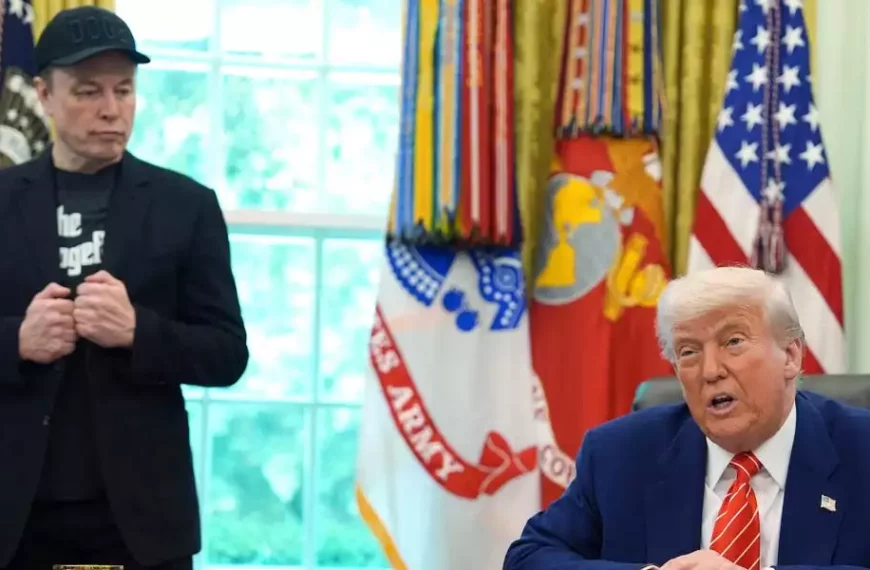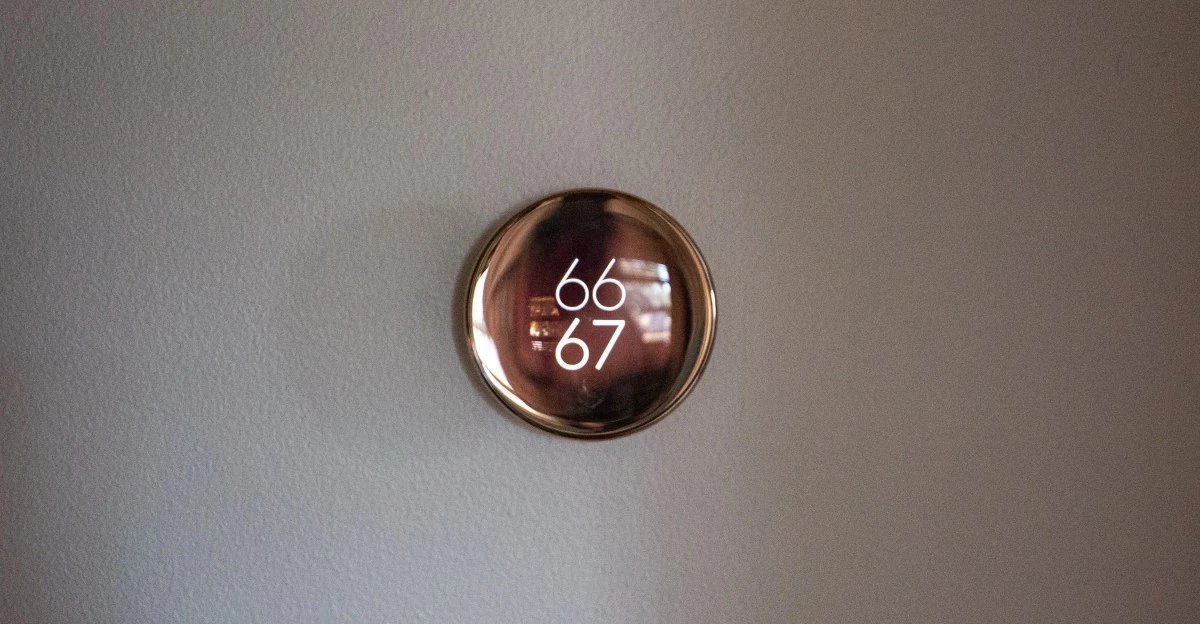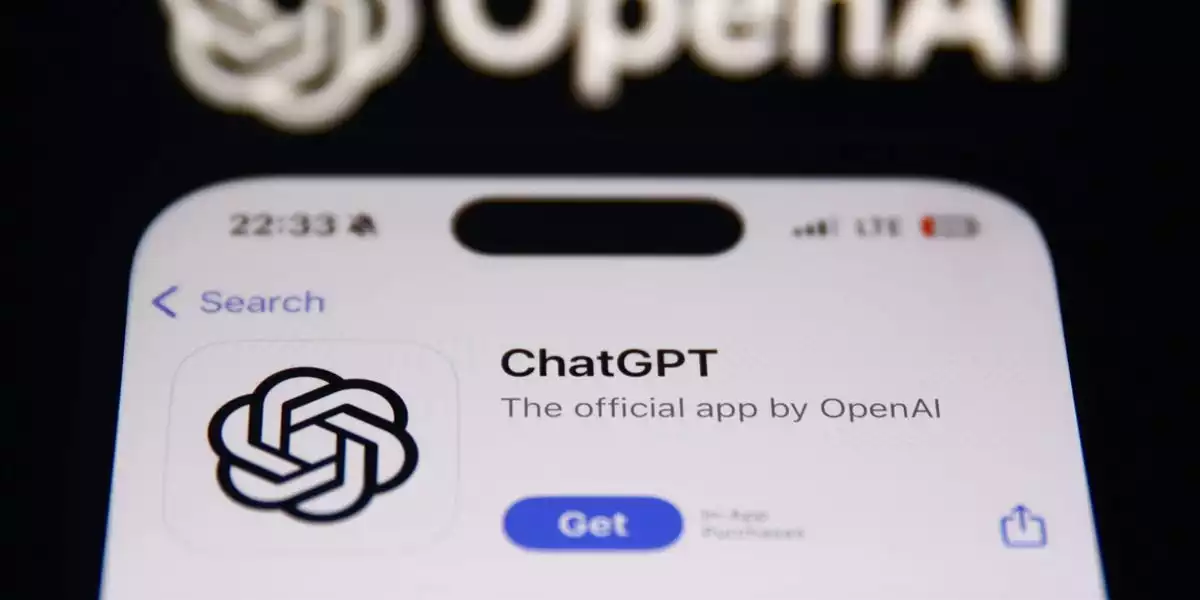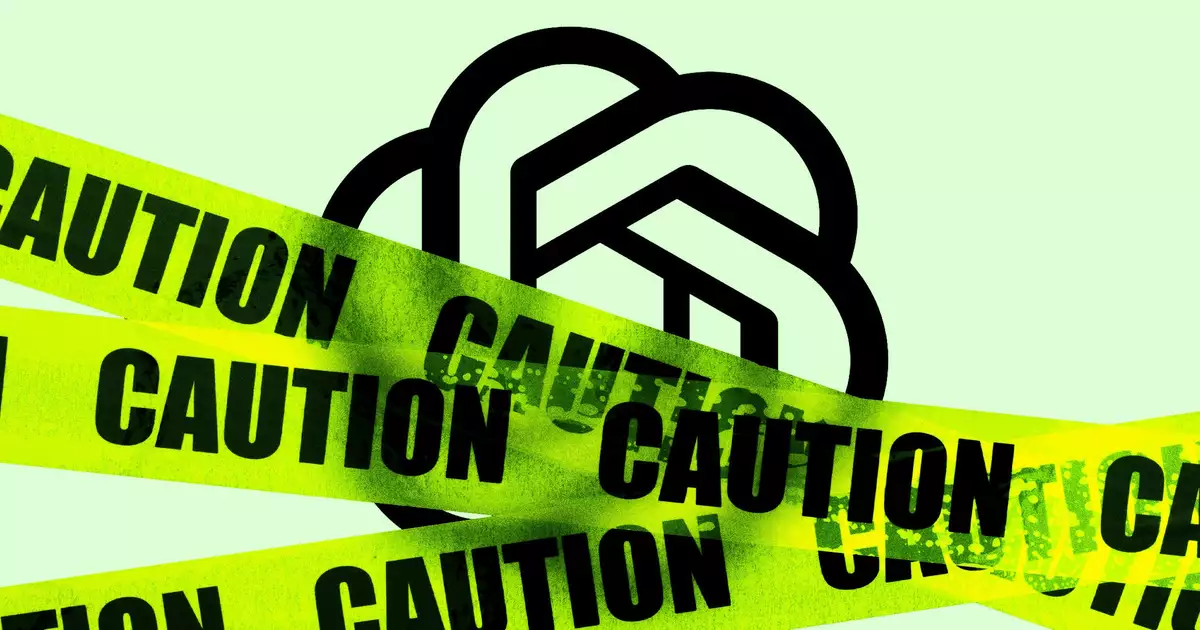New HIV Prevention Shot Offers Hope, but Access Concerns Persist
A groundbreaking HIV prevention shot developed by Gilead Sciences is poised to revolutionize global efforts to combat the virus, but concerns over access in certain regions are casting a shadow on its potential impact.
The drug, lenacapavir, marketed under the brand name Sunlenca, has shown remarkable effectiveness in preventing HIV transmission. Gilead has announced plans to allow generic versions of the drug in 120 countries with high HIV rates, primarily in Africa, Southeast Asia, and the Caribbean.
However, the exclusion of most Latin American countries from this general deal has raised alarm among public health officials and advocacy groups. UNAIDS and other organizations have emphasized the critical need for broader access to the drug, particularly in regions experiencing rising HIV rates.
The twice-yearly shots could prove particularly beneficial for marginalized groups such as gay men, sex workers, and young women, who often face significant barriers to consistent HIV prevention methods. Study participants in Mexico have reported that the new treatment could help overcome stigma and improve access to prevention.
“This new shot could be life-changing for many in our community,” said Juan Perez, a study participant from Mexico City. “It removes the daily reminder of HIV risk and the stigma associated with current prevention methods.”
The exclusion of Latin American countries from the generics deal has prompted discussions about potential compulsory licenses to bypass patent restrictions. Local health officials and advocacy groups are exploring options to increase access to the drug in the region.
Economic implications of the drug’s distribution are significant, with substantial cost differences between branded and generic versions. Experts argue that making Sunlenca widely available in regions with rising HIV rates is crucial for public health.
Dr. Maria Rodriguez, an infectious disease specialist, stated, “The potential impact of Sunlenca on global HIV prevention efforts cannot be overstated. However, ensuring equitable access to the drug remains a significant challenge.”
As the global health community grapples with the promise of this new prevention method, the urgency of addressing the public health emergency in Latin America and other excluded regions remains at the forefront of discussions. The coming months will be critical in determining whether this breakthrough in HIV prevention can truly reach those who need it most.


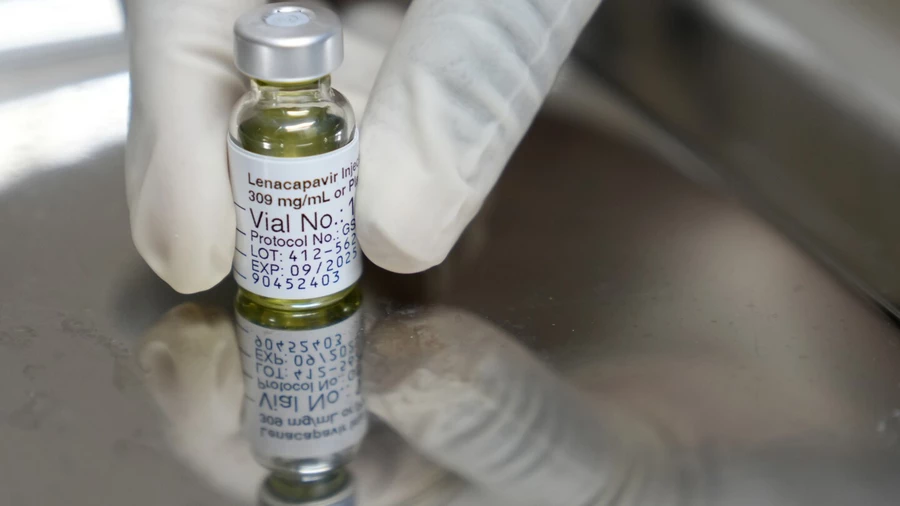

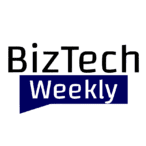 By
By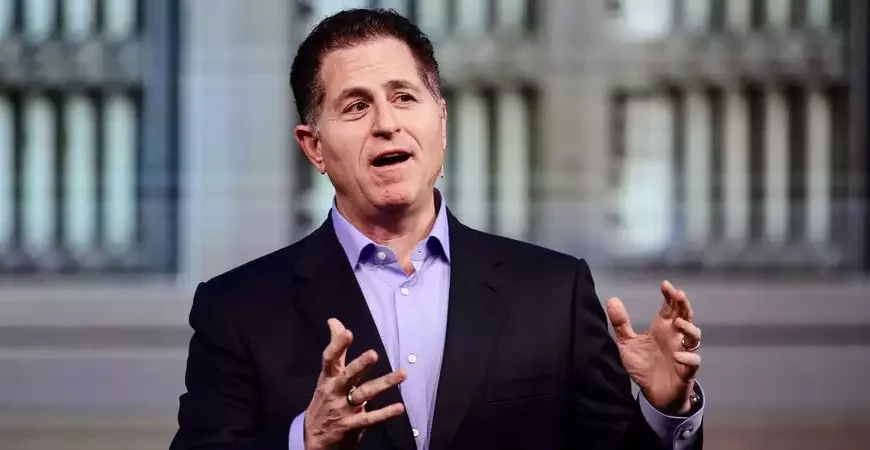




 By
By
 By
By
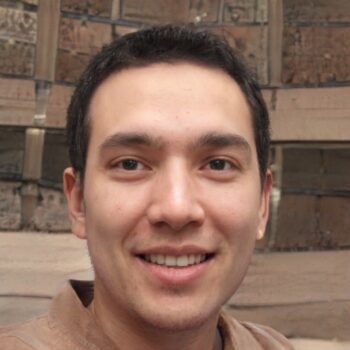 By
By